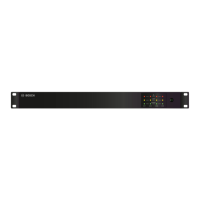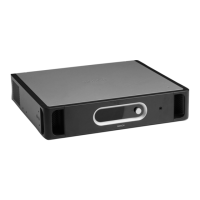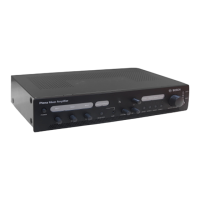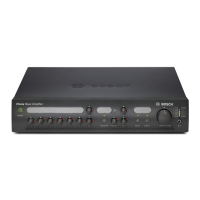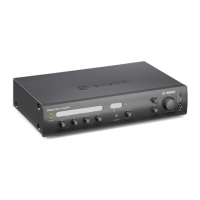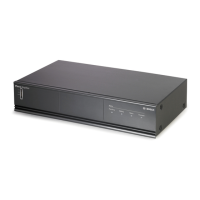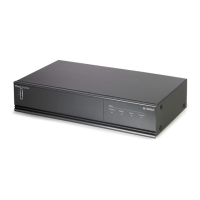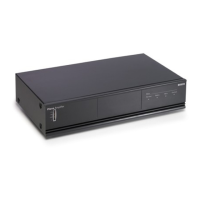The following table allows initial estimates for the required cable cross-section for different
bus lengths and various numbers of bus participants.
Bus length (in m) Number of devices on the CAN Bus
32 64 100
100 0.25 mm² or AWG24 0.34 mm² or AWG22 0.34 mm² or AWG22
250 0.34 mm² or AWG22 0.5 mm² or AWG20 0.5 mm² or AWG20
500 0.75 mm² or AWG18 0.75 mm² or AWG18 1.0 mm² or AWG17
Table 6.4: CAN BUS cable cross-section
If a participant cannot be directly connected to the CAN bus, a stub line (branch line) must be
used. Since there must always be precisely two terminating resistors on a CAN bus, a stub line
cannot be terminated. This creates reflections, which impair the rest of the bus system. To
minimize these reflections, these stub lines must not exceed a maximum individual length of
2 m at data transmission rates of up to 125 kbit/s, or a maximum length of 0.3 m at higher bit
rates. The overall length of all branch lines must not exceed 30 m.
The following applies:
– In terms of rack wiring, standard RJ-45 patch cables with 100-ohm impedance (AWG 24/
AWG 26) can be used for short distances (up to 10 m).
– The guidelines specified above for the network cabling must be used when wiring the
racks with each other and for the building installation.
See also
– Configuring the CAN baud rate, page 24
22
en | Connection PAVIRO Amplifier
18-Jun-2015 | 04 | F01U306898 Operation manual

